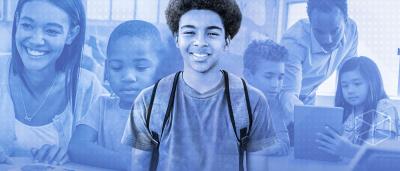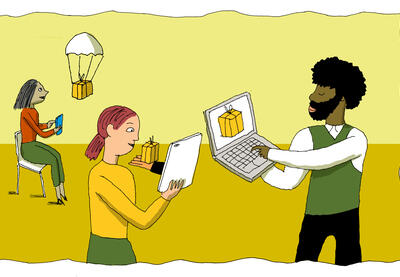The internet is an amazing tool for teaching and learning. But, before we can teach students to harness its power and become good citizens of the web, we need to understand the intricacies of how it works and how it can be manipulated to mislead and even harm users. Use these student-friendly videos—and the accompanying activities and discussion questions—to introduce your students to basic digital literacy concepts and set them on the path toward becoming safe and savvy digital consumers and producers.
Want to go deeper? Visit our Digital Literacy Framework for K-12 lessons and professional development resources
How Does "Fake" News Become News?
Filter bubbles? Signal boosters? This short video explains how these phenomena can drive the news cycle away from the truth.
How to Balance Your Media Diet
The modern media circus makes for a good show, but is it good for you? This video can help your students look beyond the news that is fed to them—and better feed themselves.
Countering Online Hate Speech
You don't have to be an expert in code to counter online harassment. Here—with a huge hat tip to the Dangerous Speech Project—is what your students can do to stop hateful or biased speech in its tracks when they see it online.
Your Personal Information Is for Sale. Now What?
We believe that digital literacy includes students understanding their role as customers in an online marketplace, and what this means for their privacy. Many people do not realize the cost of free apps and targeted advertisements: their information. But with that knowledge, young people can take steps to be aware and protect themselves. This classroom-friendly video breaks down the ways in which online companies and data brokers use students' information—and what they can do about it.

Use these discussion questions and activities to help your students get the most out of these short videos.
